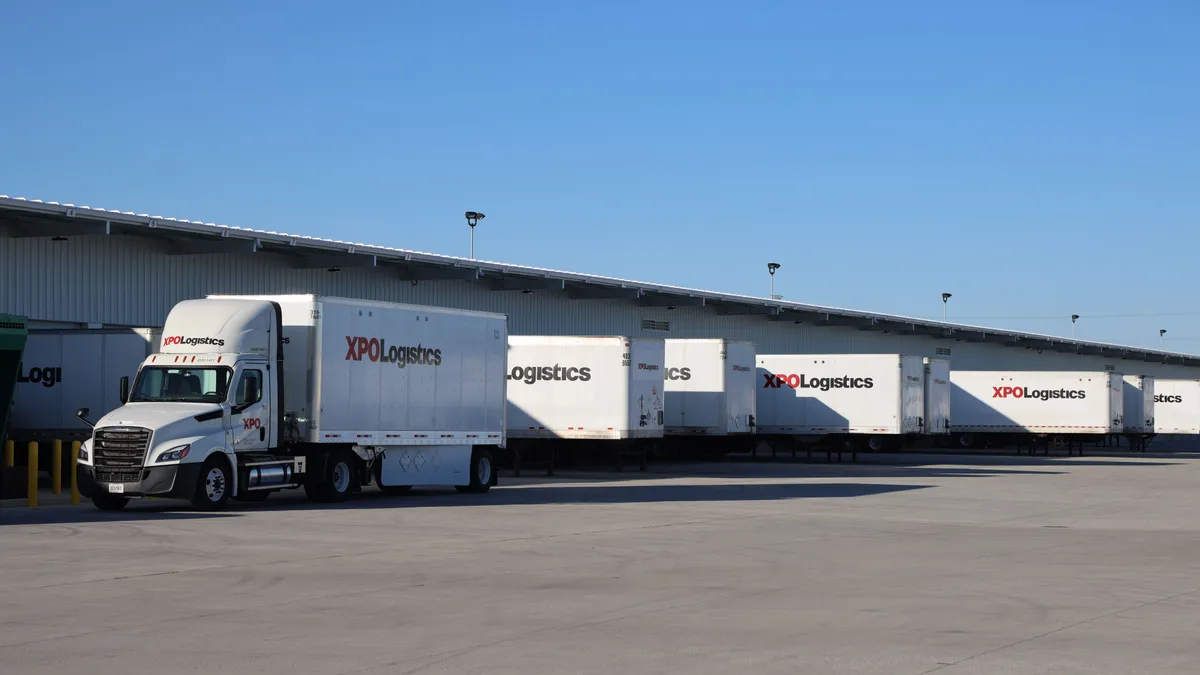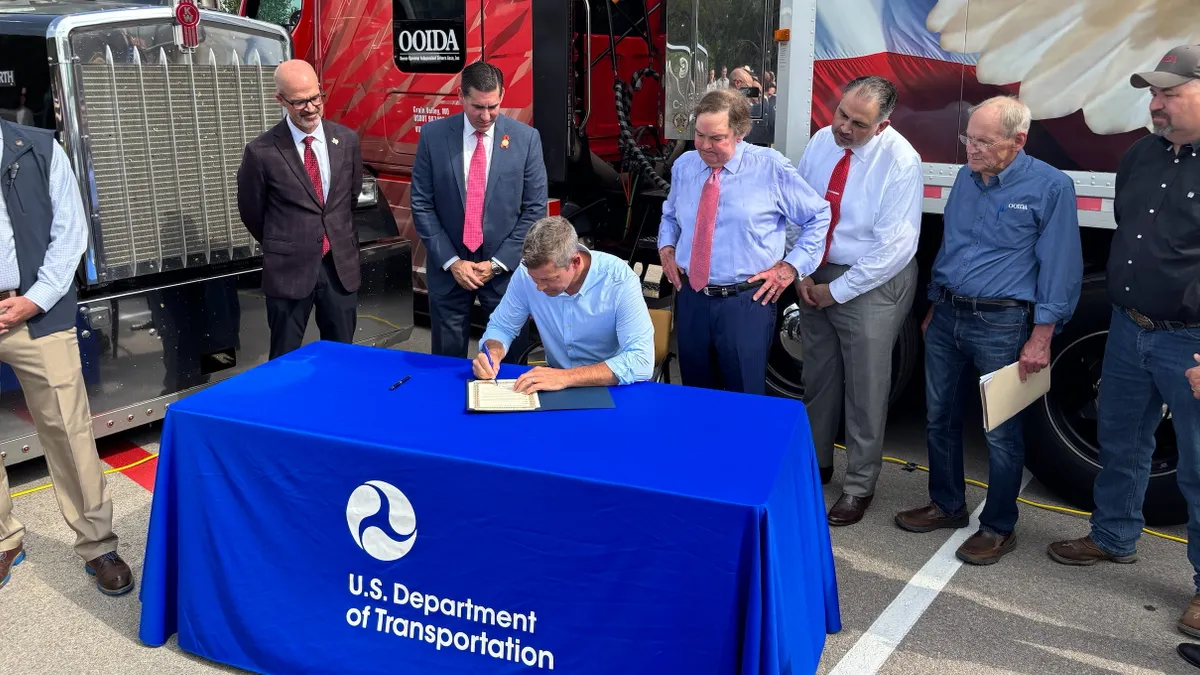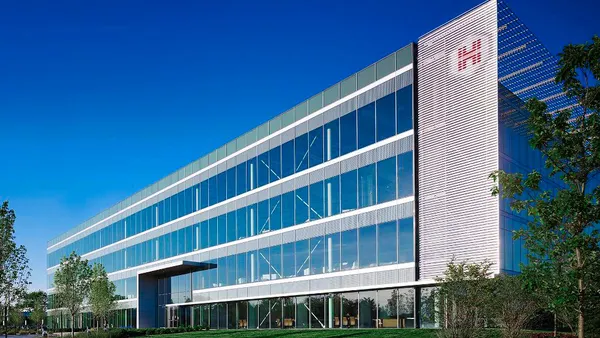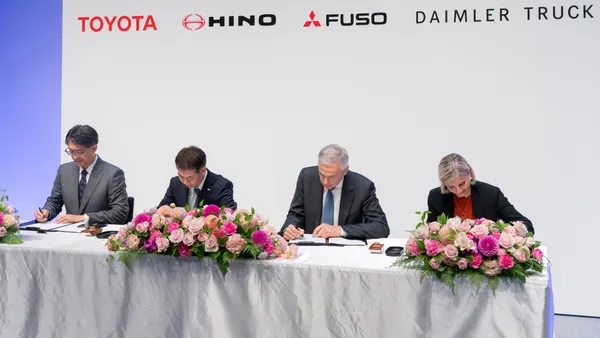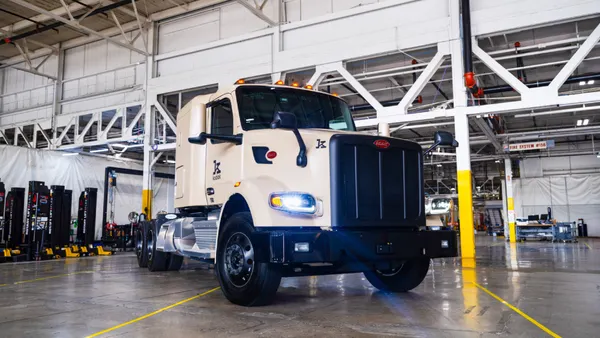Lanny Fleming began his career with Roadway Express in 1977. He was with American Freightways and FedEx Freight for 20 years, and UPS Freight for six.
Author Steven Covey may be best known for his book, “The 7 Habits of Highly Effective People.” I’m drawn to the second habit that reads “Begin With the End in Mind,” which directs readers to define clear measures of success and create a plan to achieve them. I believe this approach can apply to the LTL pricing process.
Load pickup conditions and related costs are typically considered for each job. Salespeople are employed to find those in need of shipping services. That was the situation for me at one time in my career as I was among those seeking outbound customers. There were occasions I was drawn in when delivery problems arose, which usually occurred with larger volume consignees. However, the persistent delivery problems associated with smaller customers, known and unknown, often went ignored, unaddressed, unreported, and ended up becoming very costly. Delivery conditions and costs for these situations routinely flew under the radar.
There are times problems within a transaction go beyond the carrier and shipper. In this case, another party or consignee is involved. And, while a carrier can easily determine the cost of pickup, the cost of delivery may remain a mystery until it is attempted. Beginning the total price calculation with a profitable end in mind results in a better understanding of the complete delivery, which leads to more compensatory pricing, resulting in better profit yield.
At one point in my career, I was involved in what we believed was a very profitable shipper relationship. Because our customer’s product had its handling challenges, we designed pickup processes and procedures to minimize handling. It was brilliant. Absent the sophisticated tools technology provides today, as far as we knew, our operational brilliance was producing very good yields per shipment. However, once we had those tools in place, we discovered all our front-end work was being negated due to excessive delivery costs. Had we begun with the end in mind and placed more focus on delivery, we could have better anticipated the associated costs and produced more compensatory pricing.
Identifying cost drivers across the inbound network is challenging although some in the industry believe it’s as simple as putting a few labeled check boxes on an electronic pickup request. However, shippers aren’t actually aware of delivery requirements for each shipment. If every delivery consisted of a pallet or two off-loaded on a dock, carrier life would be much more pleasant. Unfortunately, not all deliveries are straightforward and not all delivery cost drivers are unknown. A carrier servicing a grocery warehouse, or a big box distribution center likely knows what to expect. The obvious delivery challenges at these sites can be easily identified with costs accurately determined ahead of time in most cases. Now, if you could persuade them to pay your detention and storage invoices, life would be pretty good, but don’t count on that happening.
It’s the unknown delivery challenges that erode profits and destroy efficiencies. Once the shipment arrives at its destination and placed on a delivery conveyance, cost mitigation is near impossible. That shrink-wrapped pallet of 100 dense cartons anticipated to deliver easily can turn into an efficiency nightmare when it’s discovered the consignee has no dock or forklift and each carton has to be off-loaded to the ground, one-by-one.
I recall a carrier with a dense, all-points network who agreed to be the sole provider for an appliance manufacturer. Picking up loads was simple enough. The shipper direct-loaded to regional centers, which dispatched the appliances to the delivery centers. That’s where the efficiencies cratered. A majority of the appliance dealers were mom and pop operations. Because the carrier didn’t recognize the need for liftgate delivery to these small businesses, it led to investing more time in the delivery than they originally factored into the cost. Had the carrier spent more time understanding the delivery requirements, they perhaps would have avoided that predicament.
Today’s technology allows a carrier to identify consignees with challenging deliveries, but it’s not perfect. Perhaps someday, some type of AI or a bot will inform us when a destination lacks a loading dock, requires an appointment or is closed for a holiday. Right now, it’s just dealt with after-the-fact and in these cases, lost time and money cannot be recovered.
How does a carrier mitigate this misery? It begins by asking about potential delivery issues so it can be addressed with shippers and 3PLs/brokers ahead of time. This may mean more front-end work, but it will lead to greater efficiencies and better profits in the end.


